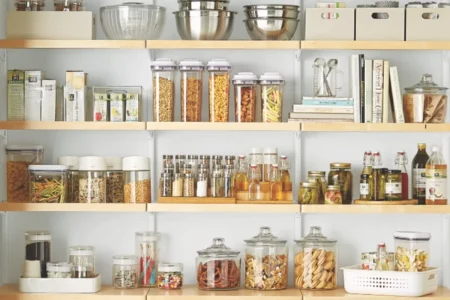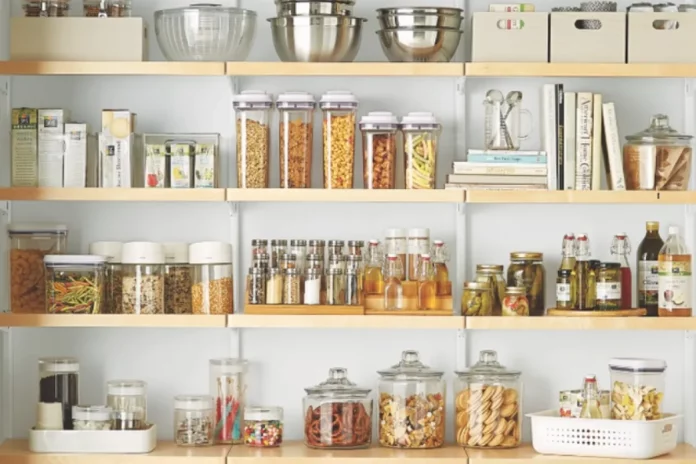
When it comes to healthy eating, many people only consider what's on the plate. However, true efforts towards healthy living begin long before food hits the table. They start in the pantry. A well-organized pantry stocked with healthy options can make all the difference in your daily well-being. In this article, we'll explore some practical strategies to transform your pantry into a true ally of healthy eating.
1. Start with a Deep Clean
Before anything else, empty your entire pantry. Separate foods that are out of date, that you do not intend to consume or that are unhealthy. This gives you not only the opportunity to take inventory of what you have, but also to create space for new and better products.
2. Classify Food
Now that your pantry is empty and clean, it's time to sort through your leftover foods. Group them into categories like grains, canned goods, spices, dairy, etc. This makes it much easier to find what you need when you're cooking, which in turn makes it more likely that you'll opt for healthy options.
3. Label Everything
Use labels to mark shelves or even food containers. Therefore, if you buy products in bulk, place them in airtight glass or plastic containers and add a label with the product name and expiration date.
4. Put Healthy Foods in Sight
Studies show that we are more likely to choose foods that are within our immediate visual reach. So place whole grains, dried fruits, nuts and other healthy foods on shelves at eye level. Leave less healthy products, such as sweets or processed snacks, in harder-to-reach places.
5. Prioritize fresh, long-lasting foods
In addition to canned and dry goods, make room for fresh foods that have a longer shelf life, such as potatoes, onions, and garlic. These can be stored in a cool, dark place in the pantry.
6. Make a Smart Shopping List
Before heading to the supermarket, check what you already have and make a shopping list that complements your current stock. This helps you avoid impulsive purchases of unhealthy foods.
7. Have an “Emergency Food” Zone
First, create a dedicated space in your pantry for non-perishable, healthy foods that can be prepared quickly and conveniently. We're talking, for example, about items like canned tuna, chickpeas, quinoa and healthy instant soups. By doing this, you will be establishing a sort of “emergency zone” in your pantry. This specialized space, consequently, makes it easier to maintain a balanced and healthy diet, especially at times when you find yourself without time for more elaborate preparation.
8. Turnover is Fundamental
When purchasing new foods, place them behind those already in the pantry. This ensures that you use the oldest products first and avoids waste.
9. Review Periodically
Pantry organization is not a one-time activity; it is an ongoing process. Set aside time each month to review content, check expiration dates, and reorganize as needed.
A well-organized pantry is not just aesthetically pleasing; in fact, it also plays a functional role and contributes to a healthier life. This way, by implementing these organization strategies, you will undoubtedly be taking a big step towards a more balanced and healthy lifestyle. Furthermore, it is crucial to remember that healthy eating fundamentally starts with smart choices. Therefore, an organized pantry serves as a solid foundation for making good decisions.
